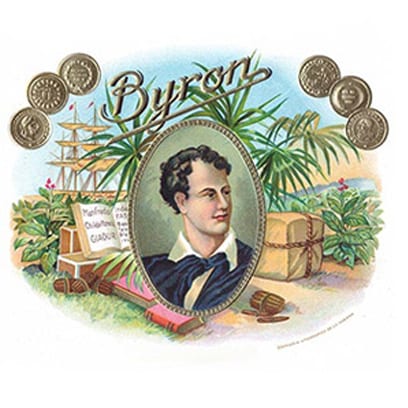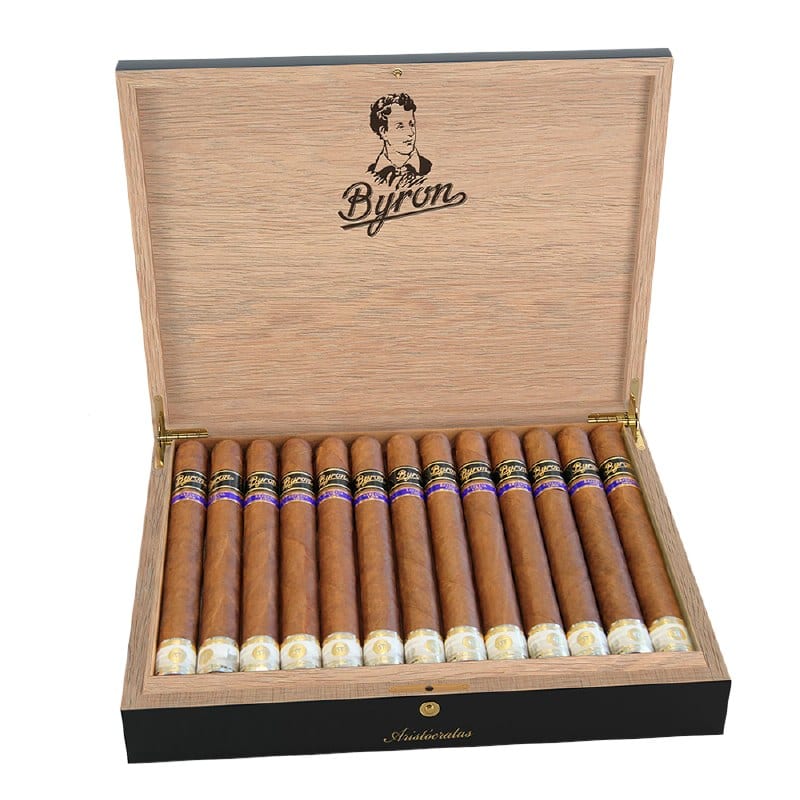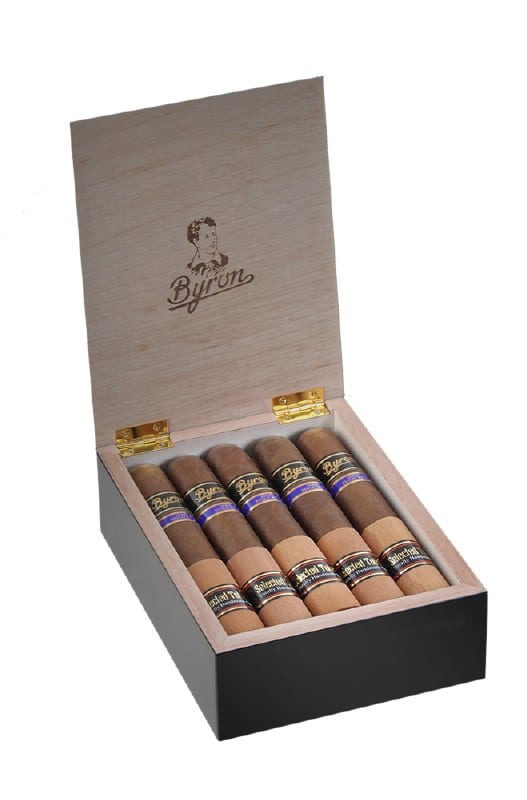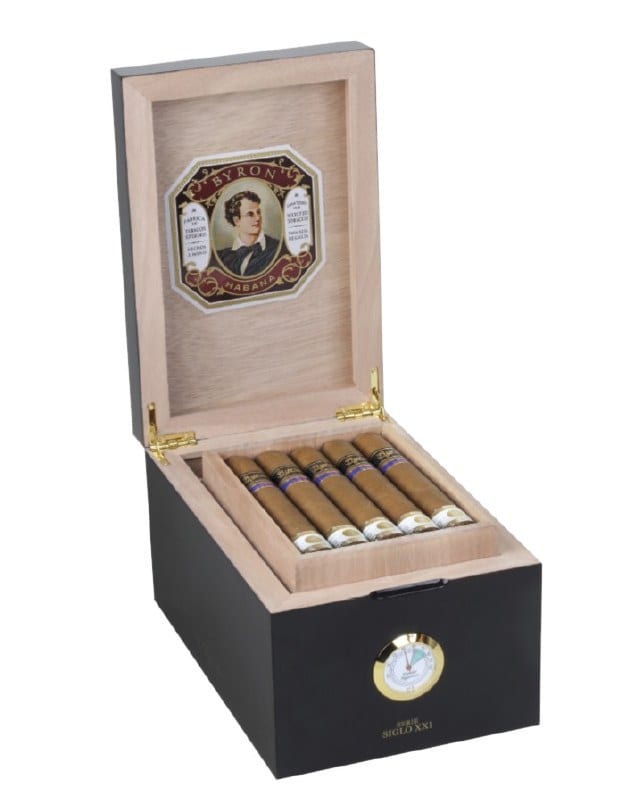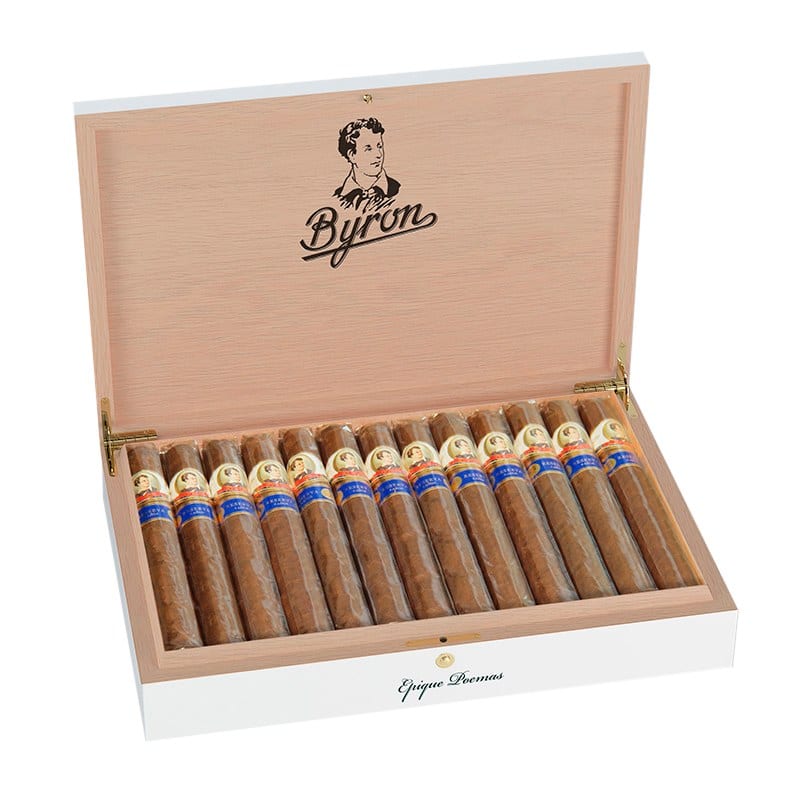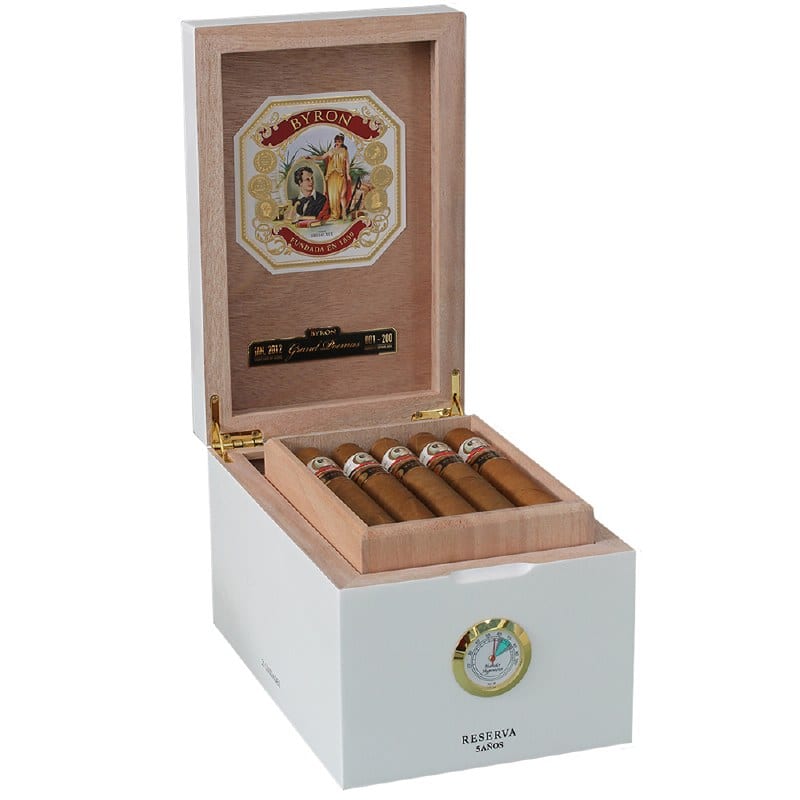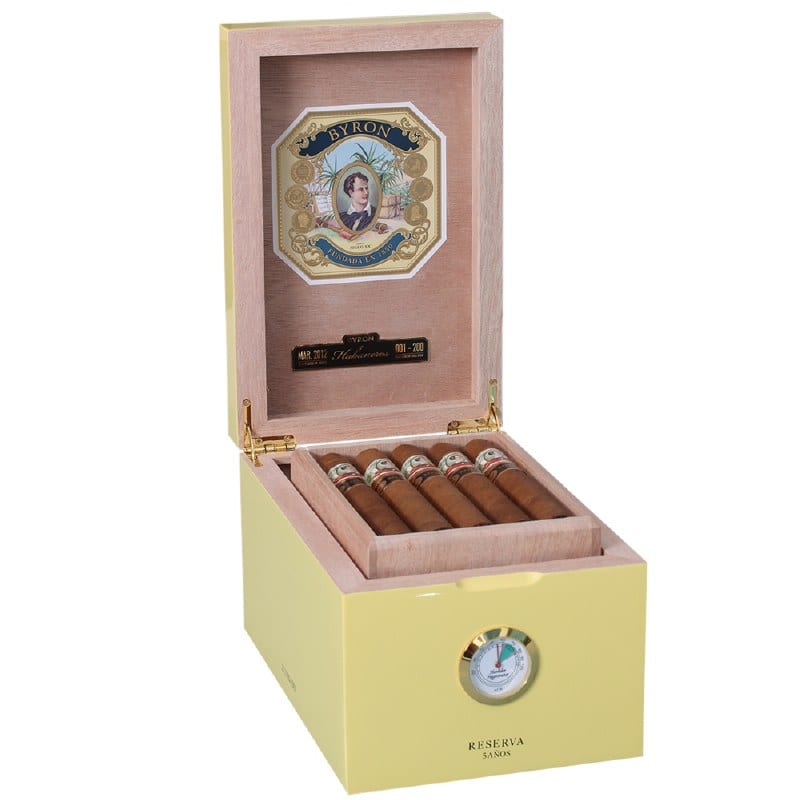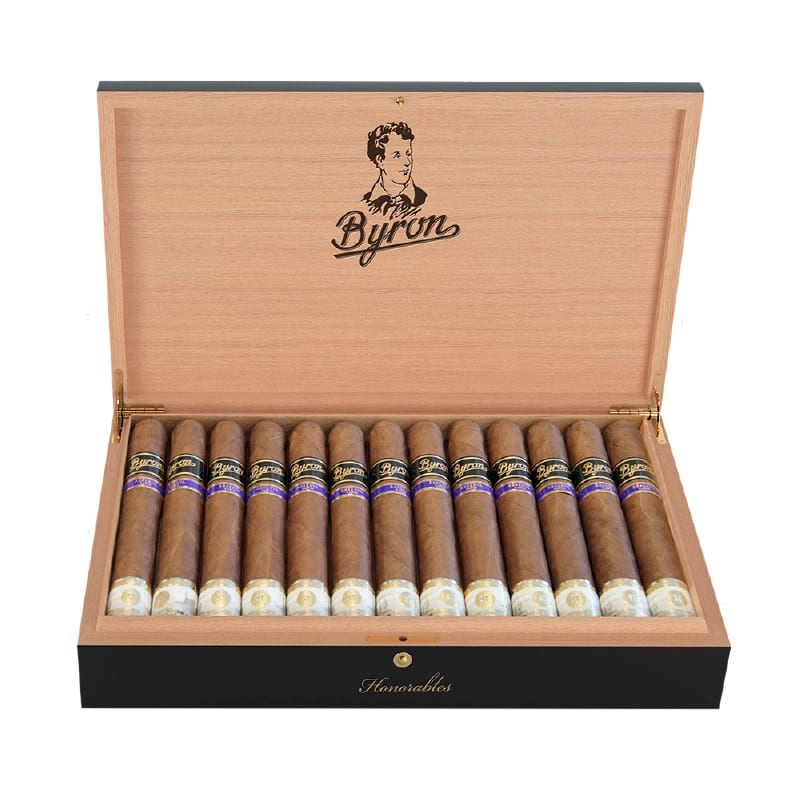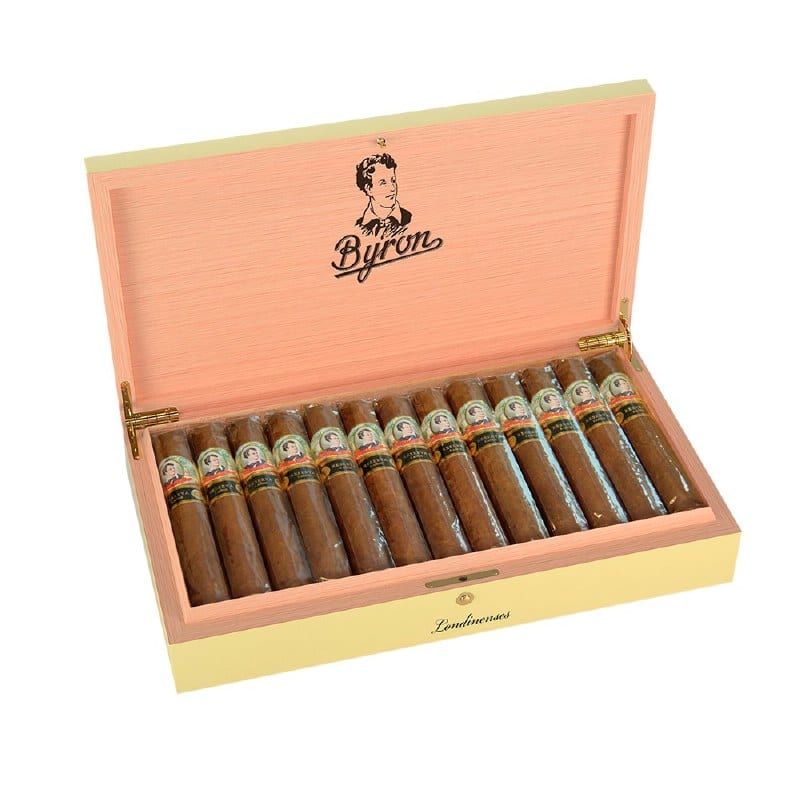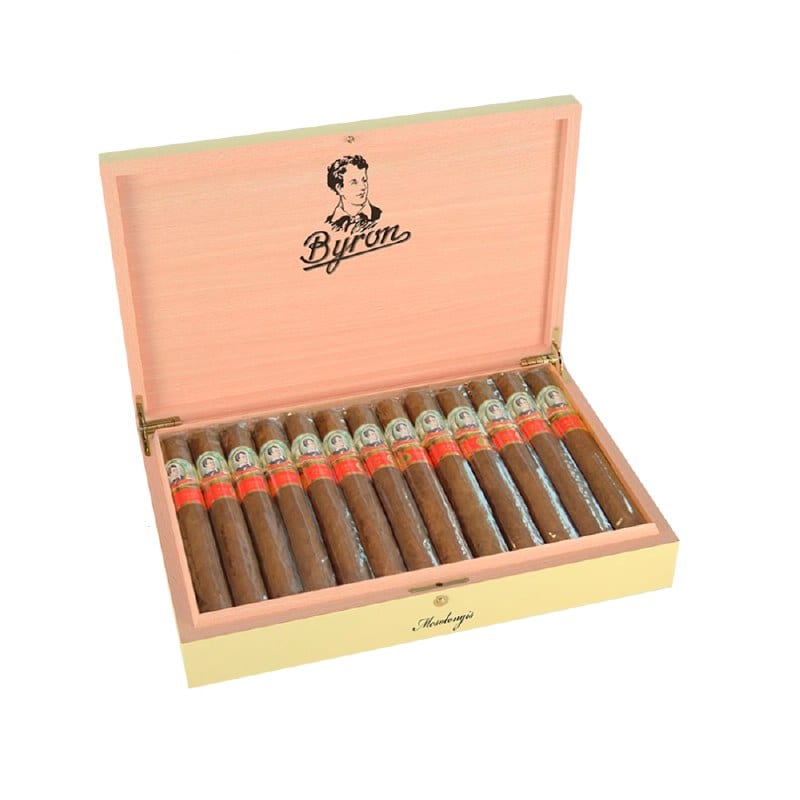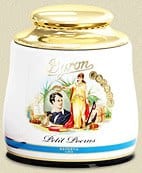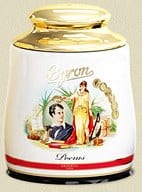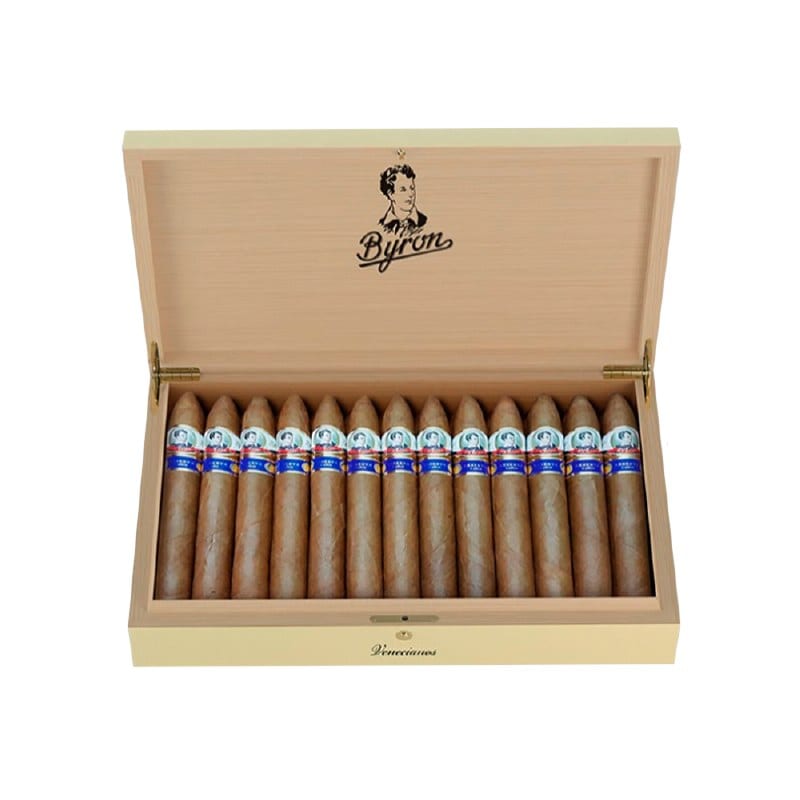In the mid 19th Century, Jose and Eusebio, cousins and offsprings of immigrants from the Canary Islands owned a small cigar factory with about 12 employees on Macías Street of Santiago de Las Vegas, a province of Havana. Their cigars were made from the leaves cultivated in two small tobacco plantations of their own inherited from their parents located 25 kilometers apart from each other. One was located in the town of Santiago de Las Vegas like their factory. The other was in Tapaste, a village in San José de Las Lajas, also a province of Havana.
Many cigar factories produced numerous brands with Anglo-American names to attract UK and US markets which had tremendous demand for premium cigars at the time. Having said that, around 1848 the cousins created a cigar brand named Lord Byron in honor of the world renowned English poet himself.
In 19th Century California, the brand’s importer was St. Losky, Levy & Co. In 1852, it published an ad in the “Daily Alta California” listing all their major Cuban brands which included Lord Byron among others.
Few years after the launch of the brand, the cousins out grew their factory due to high demand from foreign importers. Therefore, they decided to expand their production to a larger factory located on O’Reilly Street of Havana City. They only contracted the production in which they supervised using their own raw materials to guarantee quality and consistency.
Toward the end of 19th century, Lithographic printing developed full color prints which became the latest technology in printing at the time. This gave birth to production of full color paper prints for inside and outside of cigar boxes and cigar bands alike.
At the time, the founder’s son, Jose Ricardo, had already taken over the reign from his elderly father. The old man’s last request to his son was to make a full color design using the latest technology of the day on the next run of their cigar boxes using a female’s image of a poet to introduce the relationship between romanticism and poetry.
Therefore, full color design of a female laureate poet on boxes of Byron appeared in the market at that time. It was said the brand’s success was mainly due to its unique design beside the actual quality of the cigars. It is not known whether the old man lived to see the success of his brand in the UK and US markets.
Unfortunately between the end of 19th and the beginning of 20th Centuries, Ricardo, the grandson of the founder and a third generation brand owner and producer, due to major financial hardship was forced to sell the brand to Casimiro Alvarez, a cigar producer whose factory was on the same street in Santiago de Las Vegas. Ricardo invested in construction of a very large cigar factory on the very popular and famous Reyna Street in Havana City. Once the factory’s construction was completed, he could not uphold his financial obligation to the lender because he never received the monies owed to him from his distributor in the UK who had filed bankruptcy. Therefore, the newly constructed building was confiscated by the lender and he had no other choice but to sell the brand among other properties to repay the debt.
90 years after Ricardo Alfonso sold and lost the brand, his great-grandson recover again the Byron brand in 1998, as a compromise he own from his grandfather Conrado Alfonso, son of Ricardo Alfonso.
Returning to the early days, now the brand, in a very limited quantity, is produced in a small factory in Costa Rica. As a general rule, cigars usually sit in an aging room on average about 60 days. On that note, Byron cigars sit in an aging room for period of 1 year.
They are then transported to another factory also in Costa Rica that specializes in quality control of packaging of the cigars into the ultra luxurious porcelain jars, super elaborate humidors and state-of-the-art cigar humitubes.
